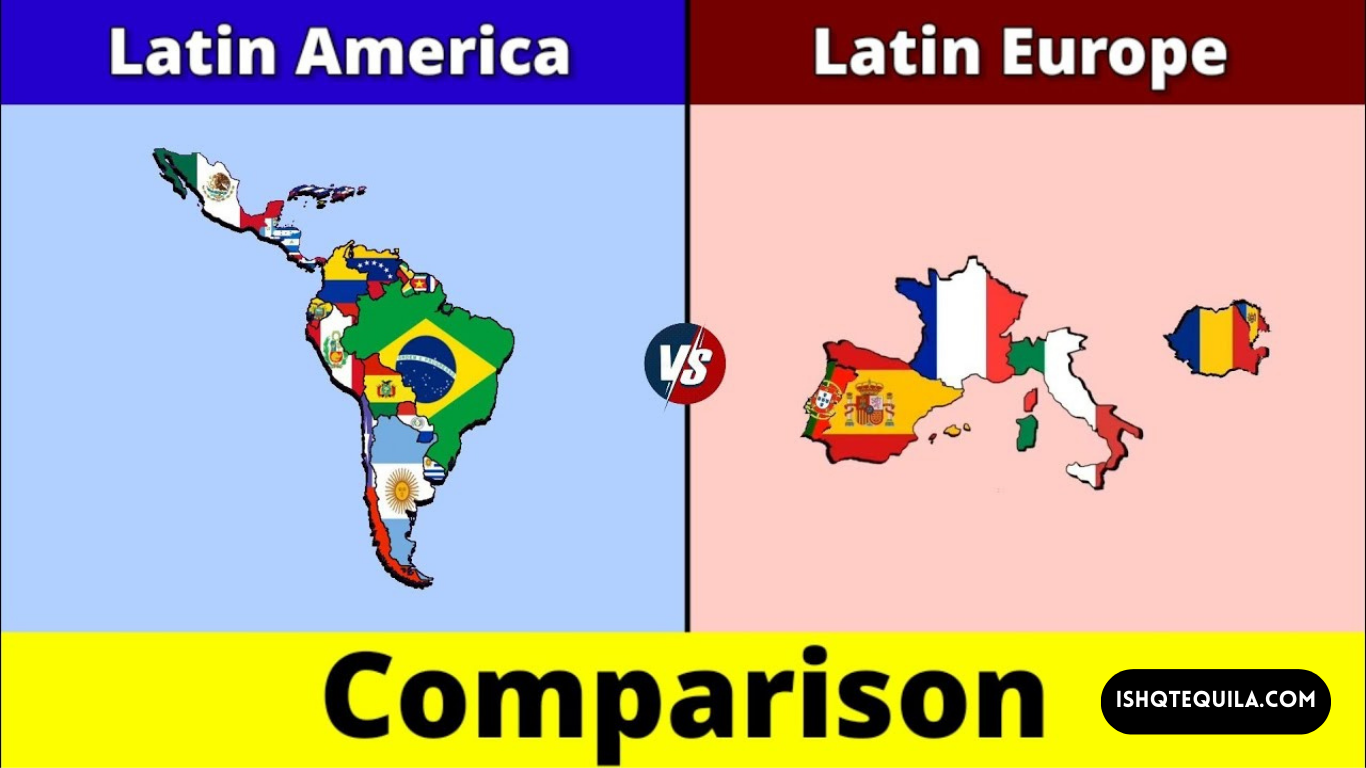Latineuro: Where Latin Meets the Latin Beat
Step into a reality where old refrains stream like salsa steps and musical beats throb with the reverberations of the Roman Domain. This is Latineuro, an energetic combination of Latin and Latin American music that is charming the globe.
Envision the emotionless proclamations of Julius Caesar conveyed over irresistible reggaeton beats, or Ovid’s melodious insights woven into an erotic bachata tune. That is Latineuro’s core value: a sort that rises above time and language, overcoming any barrier between the reverberations of days of yore and the jolting energy of current Latin music.
Latineuro’s origins, various styles, and artists who are pushing the boundaries of musical expression are all discussed in depth in this comprehensive guide. Thus, ribbon up your moving shoes, dust off your Latin word reference, and get ready to be cleared away by the inebriating mood of Latineuro.
A Fusion Born from History and Passion:
Latinuro’s foundations can be traced back to the provincial period when Spanish and Portuguese conquerors carried their language and culture to the Americas. Latin merged with African beats and indigenous rhythms over centuries to create salsa, merengue, and cumbia, among other musical genres.
Quick forward to the twentieth hundred years, and Latin American music detonated onto the worldwide stage. Craftsmen like Celia Cruz, Tito Puente, and Ricky Martin became commonly recognized names, charming crowds with their irresistible enthusiasm and dazzling rhythms.
In any case, it was only after the last part of the 2000s that Latinuro genuinely arose as an unmistakable class. Spearheading craftsmen like Residente, Calle 13, and Cultura Profética started exploring different avenues regarding integrating Latin verses into their advanced beats. The outcome was a new, creative sound that reverberated with crowds longing for something especially intriguing.
A Genre of Many Flavors:
Latineuro is certainly not a solid substance; it’s an energetic kaleidoscope of styles and impacts. A look at some of its most popular subgenres is as follows:
- Latin Trap: imagine the strut of trap music injected with the exotic nature of reggaeton and the melodious ability of Latin verse. Terrible Rabbit, J Balvin, and Maluma are probably the greatest names in this classification, their music throbbing with bass-weighty beats and astute wit.
- Latin Pop: This snappy and available subgenre mixes the irresistible songs of popular music with Latin rhythms and instrumentation. The pioneers of this sound are Shakira, Enrique Iglesias, and Ricky Martin, whose songs have topped the charts and filled dance floors all over the world.
- Latin Rock: Rock gets a Latin makeover in this energizing subgenre. Groups like Maná and Bistro Tacuba join the crude energy of rock with Latin percussion and deep vocals, it that is both strong and danceable to make music.
- Latin Alternative: For those looking for something outside the standard, Latin elective offers a different scope of sounds. From the trial electronica of Bomba Estéreo to the nonmainstream rock interpretations of Natalia Lafourcade, this subgenre is a jungle gym for melodic investigation.
The Latin Touch:
Yet, what separates Latineuro is its utilization of Latin. Whether it’s the cadenced serenades of old Roman stanzas or the impactful refrains of contemporary Latin American verse, consolidating Latin adds profundity and interest to the music. It’s a sign of approval for the class’ underlying foundations, a festival of legacy, and a demonstration of the getting through force of language.
The Rise of the Latin Kings and Queens:
Latineuro isn’t simply a sound; a development driven by energetic craftsmen who are rethinking the limits of melodic articulation. Here are a portion of the main figures in the class.
- Residente: This Puerto Rican rapper and lyricist is a genuine Latineuro pioneer. His verses address social issues, social character, and the excellence of the Spanish language, all conveyed over creative beats that mix hip-bounce with Latin rhythms.
- Cultura Profética: This Puerto Rican reggae band is known for its socially cognizant verses and irresistible notches. Their music consistently mixes reggae with salsa, bomba, and plena, making a novel sound that commends their Afro-Caribbean legacy.
- Bomba Estéreo: This Colombian band is an amazing powerhouse in the Latin elective scene. Their music is a dynamic blend of electronica, cumbia, and champeta, mixed with conventional Colombian instruments and charming vocals.
- Lila Downs: This Mexican-American vocalist is a Grammy Grant-winning craftsman who mixes native Mexican music with Latin American rhythms and jazz impacts. Her strong vocals and charming stage presence make her a genuine Latineuro symbol.
Beyond the Music: A Cultural Phenomenon:
Latineuro’s effect rises above the melodic domain. It is a cultural phenomenon that promotes linguistic diversity, celebrates Latin American heritage, and fosters.
Conclusion:
Latin music is a dynamic and various kind that has enraptured crowds all over the planet for a long time. From the salsa of Cuba to the bachata of the Dominican Republic, Latin music has a novel capacity to make individuals move and notch. However, what happens when Latin music and the ancient language of Latin are combined? The outcome is Latineuro, a classification that is both creative and nostalgic.
Latineuro is a generally new type that arose in the mid-2000s. It is described by the utilization of Latin verses in Latin American music. This might appear to be an odd blend, yet it functions admirably. The masterful rhythms of Latin music give an ideal scenery to the streaming tunes of Latin. The outcome is a sound that is both recognizable and new.
FAQs:
Q: What is Latineuro?
A: Latineuro is a unique fusion of the classical Latin language and the vibrant rhythms of Latin American music. It’s a creative space where ancient words dance to modern beats, bridging the gap between history and contemporary culture.
Q: Why combine Latin and Latin American music?
A: There’s a natural synergy between the two. Both Latin and Latin American music stems from Roman roots, sharing cultural and linguistic connections. Latineuro celebrates this heritage while creating something fresh and unexpected.
Q: What kind of music can I expect to hear?
A: Get ready for a genre-bending adventure! Latineuro artists reimagine classical texts through salsa, bachata, merengue, reggaeton, and more. It’s a melting pot of sounds, from traditional Roman chants to electronic-infused beats.
Q: Who are the artists behind Latineuro?
A: A diverse group of musicians, DJs, and producers push the boundaries of their respective genres. From established Latin American artists experimenting with Latin to classical musicians embracing the rhythm, Latineuro boasts a vibrant and constantly evolving roster.
Q: Where can I experience Latineuro?
A: The heart of Latineuro beats at live concerts, festivals, and workshops around the world. You can also find Latineuro music online and on streaming platforms, expanding your cultural horizons with every listen.
Q: How can I get involved in Latineuro?
A: The beauty of Latineuro is its accessibility! Whether you’re a Latin language enthusiast, a music lover, or simply curious about a new art form, there’s a way to participate. Attend events, join online communities, or even try your hand at creating your own Latineuro remix!
Q: Is Latineuro just a musical trend?
A: More than just a trend, Latineuro represents a cultural movement. It’s a reminder of the interconnectedness of civilizations and the power of creativity to bridge time and distance. By breathing new life into ancient words, Latineuro ensures their continued relevance for future generations.
Bonus Q: So can I salsa to Cicero?
A: Absolutely! Put on your dancing shoes and prepare to be surprised. With Latineuro, the possibilities are endless!
We hope these FAQs have piqued your curiosity about Latineuro. This exciting fusion is more than just music; it’s a vibrant cultural dialogue waiting to be explored. Dive in, discover its rhythms, and experience the magic where Latin meets the Latin Beat!




